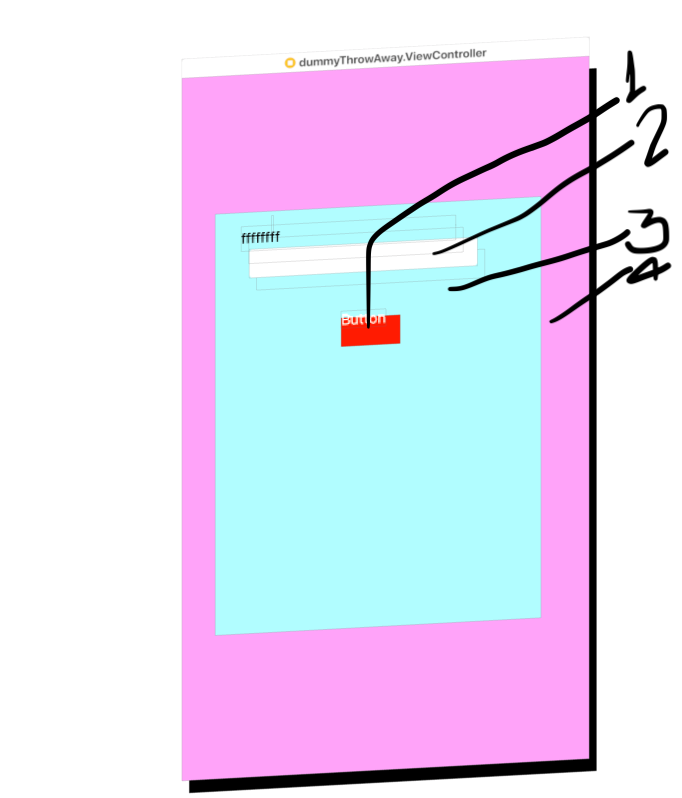This is what the documentation says:
If the first responder [to an event or action message] cannot handle an event or action message, it forwards it to the “next responder” in a linked series called the responder chain. The responder chain allows responder objects to transfer responsibility for handling an event or action message to other objects in the application.
If an object in the responder chain cannot handle the event or action, it resends the message to the next responder in the chain. The message travels up the chain, toward higher-level objects, until it is handled. If it isn't handled, the application discards it.
Okay, what is the next responder?
Is it the parent view? The view behind it? How does iOS decide what is the first responder and second responder?

